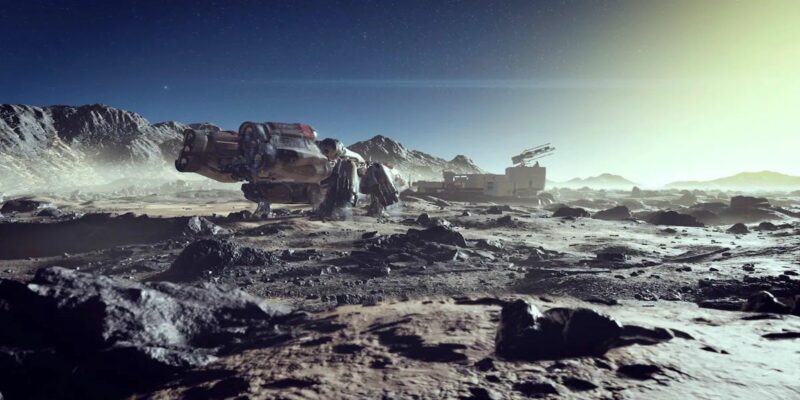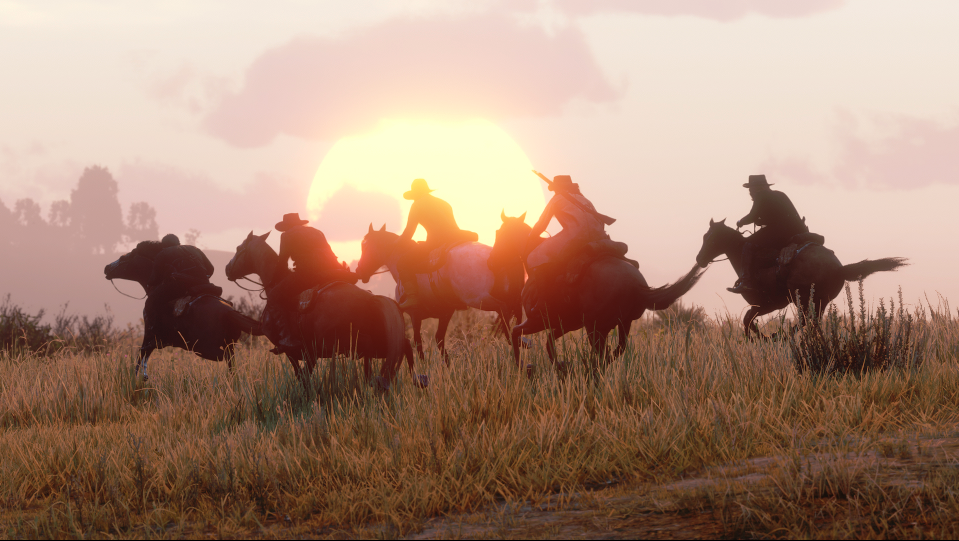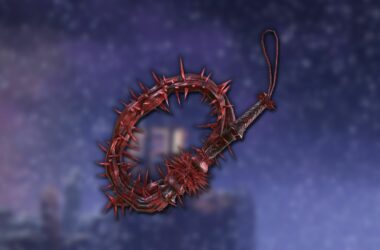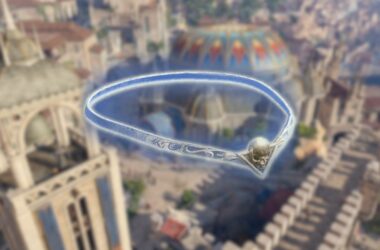Procedural Generation in Bethesda’s Starfield
Unique Experiences and Hand-Crafted Portions
Highlights Procedural generation in Bethesda’s Starfield provides unique experiences across playthroughs and eases the burden on developers, allowing hand-crafted portions of the game to shine.
Diablo 4’s Repetitive Procedural Generation
Diablo 4’s procedural generation of dungeon layouts starts off entertaining but becomes repetitive over time, unlike Starfield’s procedurally generated planets which consistently offer engaging and rewarding exploration.
Even Empty Planets Serve a Purpose
Even the seemingly empty planets in Starfield serve a purpose, allowing players to establish outposts and collect resources, adding value to the game’s economy.
Starfield’s Use of Procedural Generation
Bethesda’s Starfield is the latest in a series of high-profile games that leverage the power of procedural generation to provide players with unique experiences not just across users but from playthrough to playthrough. In terms of the technology’s utility in gaming, procedural generation can ease the burden on developers toward crafting curated environments and free up resources to help the hand-crafted portions of games truly shine. Due to the sheer size of Starfield, using procedural generation for several planets was almost a necessity given that the game features over a thousand of them. Thankfully, these procedurally generated planets are (for the most part) more engaging than the randomly generated dungeons of Diablo 4.
Diablo 4’s Procedural Generation
While not the first Diablo title to utilize procedural generation, Diablo 4 notoriously keeps its overworld map static while procedurally generating each dungeon layout by pulling from a series of predetermined map templates. In the initial hours of Diablo 4, these “mix and match” style layouts can be quite entertaining and help to keep things fresh. Eventually, though, players start to notice repeated dungeon designs across multiple locations and the illusion of variety starts to fall apart. Not only do Starfield’s procedurally generated planets avoid this pitfall, but the potential for worthwhile discovery helps to make each jaunt to a procedurally generated planet a rewarding venture.
Comparison: Procedural Generation in Diablo 4 vs Starfield
Although both titles are massive RPGs that utilize procedural generation, Starfield and Diablo 4 differ in how they implement it. As an always-online live-service title, Diablo 4 features procedurally generated dungeons alongside a static world map. Although the locations of the dungeons themselves don’t change, the interiors are generated based on the size and objectives of each dungeon. In order to generate the design of each dungeon, the game pulls from a series of predetermined map layouts based on these criteria. And, as a result, players who spend a considerable amount of time in the game tend to begin seeing several of Diablo 4’s dungeon layouts repeated. Starfield’s use of procedural generation helps facilitate the design of its planets and their surfaces. With over a hundred star systems on offer and thousands of potential planets to explore, procedural generation is used to determine both the terrain and features of each planet. However, several planets include points of interest such as science outposts or abandoned research facilities, and each of these points of interest are hand-crafted elements. So while Diablo 4 keeps a static world map and pulls design elements for the locations players enter and explore, Starfield does the opposite – the world maps themselves are generated from design templates and then each point of interest is an intentionally-designed location.
Even Starfield’s ‘Empty’ Planets Serve a Purpose
Many players questioned how much of Starfield would feel “random” ahead of the game’s release, but there are two important factors to consider. The first is that procedural generation doesn’t indicate random elements, but rather that the game utilizes the technology to populate areas with predetermined assets. The second is that Bethesda games have always used procedural generation to some degree, with world maps having a general outline but being populated with vegetation, NPCs, and areas of interest based on implementation of procedural generation. With over a thousand planets to explore, use of procedural generation is practically necessary to help bring Bethesda’s largest and most ambitious world to life. Even players who have spent dozens of hours in Starfield’s galaxy have yet to fully explore every planet, and surely not every planet has points of interest that are worthwhile to players. That said, even the planets that appear barren or “empty” have utility in Starfield thanks to the opportunity to build outposts and establish resource collection. Even when the planets themselves don’t feature anything to “do”, they have value within the context of the game’s economy.
Conclusion
Procedural generation in Bethesda’s Starfield provides unique experiences and eases the burden on developers, allowing hand-crafted portions of the game to shine. Unlike Diablo 4’s repetitive procedural generation, Starfield’s procedurally generated planets consistently offer engaging and rewarding exploration. Even the seemingly empty planets in Starfield serve a purpose, adding value to the game’s economy. With its use of procedural generation, Starfield brings to life a massive and ambitious world that continues to surprise and captivate players.
GAMERANT VIDEO OF THE DAY
SCROLL TO CONTINUE WITH CONTENT
How Procedural Generation Works in Diablo 4 Compared to Starfield
Although both titles are massive RPGs that utilize procedural generation, Starfield and Diablo 4 differ in how they implement it. As an always-online live-service title, Diablo 4 features procedurally generated dungeons alongside a static world map. Although the locations of the dungeons themselves don’t change, the interiors are generated based on the size and objectives of each dungeon. In order to generate the design of each dungeon, the game pulls from a series of predetermined map layouts based on these criteria. And, as a result, players who spend a considerable amount of time in the game tend to begin seeing several of Diablo 4’s dungeon layouts repeated. Starfield’s use of procedural generation helps facilitate the design of its planets and their surfaces. With over a hundred star systems on offer and thousands of potential planets to explore, procedural generation is used to determine both the terrain and features of each planet. However, several planets include points of interest such as science outposts or abandoned research facilities, and each of these points of interest are hand-crafted elements. So while Diablo 4 keeps a static world map and pulls design elements for the locations players enter and explore, Starfield does the opposite – the world maps themselves are generated from design templates and then each point of interest is an intentionally-designed location.
Even Starfield’s ‘Empty’ Planets Serve a Purpose
Many players questioned how much of Starfield would feel “random” ahead of the game’s release, but there are two important factors to consider. The first is that procedural generation doesn’t indicate random elements, but rather that the game utilizes the technology to populate areas with predetermined assets. The second is that Bethesda games have always used procedural generation to some degree, with world maps having a general outline but being populated with vegetation, NPCs, and areas of interest based on implementation of procedural generation. With over a thousand planets to explore, use of procedural generation is practically necessary to help bring Bethesda’s largest and most ambitious world to life. Even players who have spent dozens of hours in Starfield’s galaxy have yet to fully explore every planet, and surely not every planet has points of interest that are worthwhile to players. That said, even the planets that appear barren or “empty” have utility in Starfield thanks to the opportunity to build outposts and establish resource collection. Even when the planets themselves don’t feature anything to “do”, they have value within the context of the game’s economy.
Starfield is Available Now
Starfield is available now in early access launch for PC and Xbox Series X/S.
MORE: Starfield: How to Use Mission Waypoints








